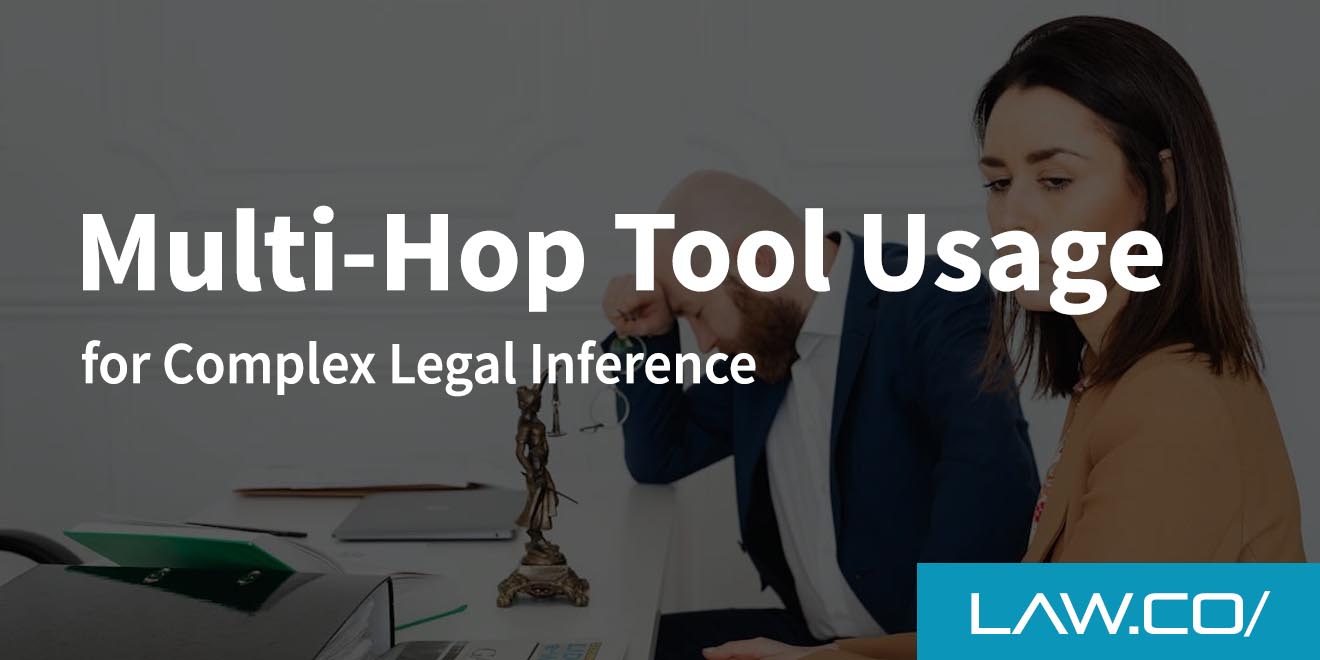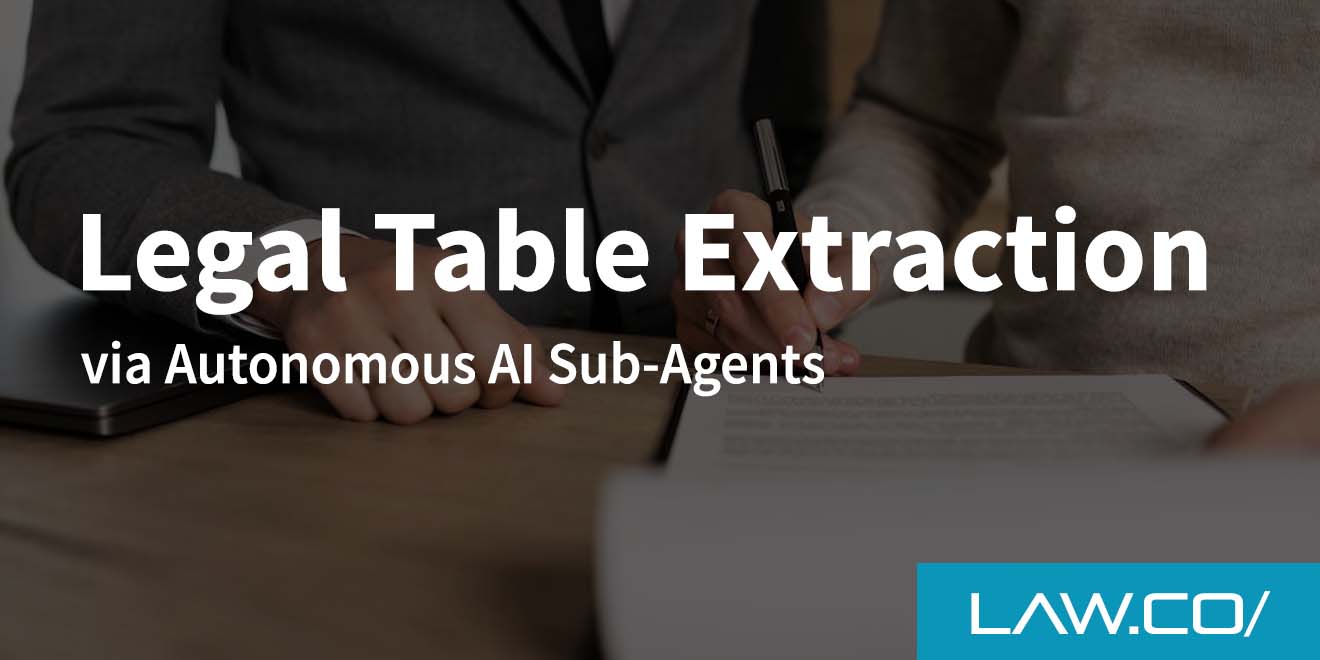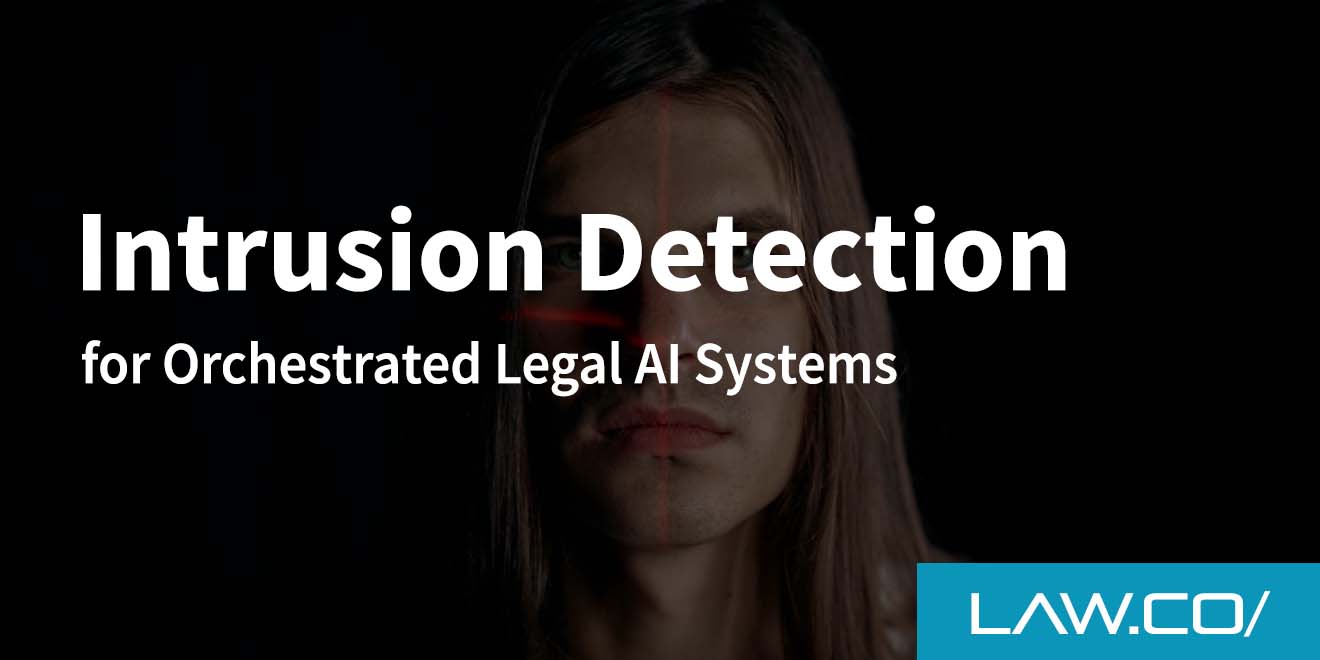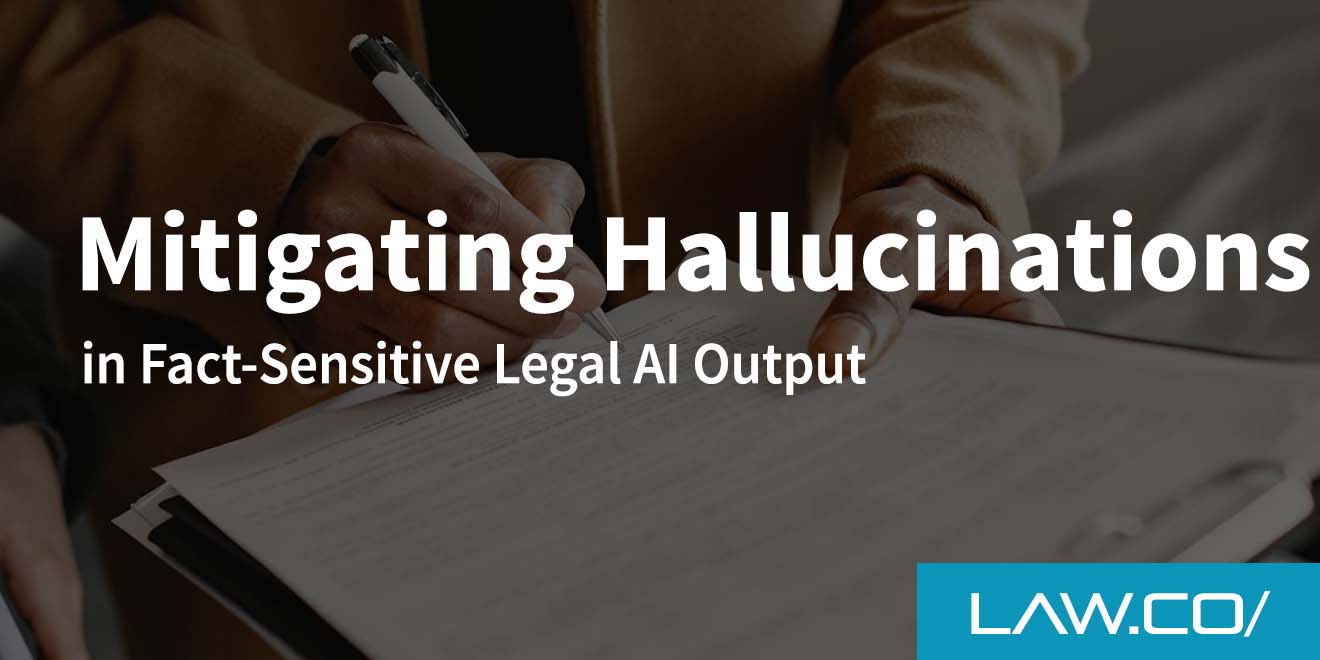

Multi-Hop Tool Usage for Complex Legal Inference
In the last five years, the legal industry has quietly undergone a technological growth spurt. Artificial intelligence, machine learning, and natural-language processing are no longer fringe experiments but production-level resources that help lawyers and law firms using AI as they sift through mountains of data, see hidden connections, and argue with greater precision.
One of the most promising techniques to emerge from this movement is “multi-hop tool usage,” a workflow that chains several specialized applications together so that each digital “hop” adds a new layer of understanding. Instead of relying on a single monolithic platform to answer every research question, legal professionals can tap a series of narrowly focused tools—each one performing a discrete task—and weave their outputs into a cohesive, defensible legal inference.
From Single-Step Queries to Multi-Hop Reasoning: Why the Change Matters
Traditional legal tech solutions often encourage a one-and-done mindset: type in a keyword string, press Search, and hope an all-purpose database produces the relevant cases. Yet even the smartest, biggest databases suffer from blind spots when you force them to answer multi-faceted questions in a single leap. A “single-hop” approach might recover precedent but miss contextual signals like judge-specific tendencies, pending legislative changes, or nuanced contract provisions.
Multi-hop reasoning flips that model on its head. Instead of expecting one tool to “do it all,” a legal team orchestrates several tools in sequence:
- A research AI pinpoints controlling precedent and extracts the key rulings.
- A sentiment-analysis engine evaluates judicial language and gauges likely receptiveness to certain arguments.
- A contract-analytics platform reviews clause libraries and flags language the judge has favored in the past.
- A statutory-tracking service checks for new bills or amendments that could alter the legal landscape.
Each hop adds context, transforming raw data into layered insight. When done well, the final inference is richer, more defensible, and less prone to the tunnel vision that can plague single-step workflows.
What Multi-Hop Tool Usage Looks Like in Practice
Picture a mid-sized firm preparing a motion for summary judgment in a complex employment-discrimination case. The plaintiff alleges both disparate treatment and retaliation. The defense team needs to know not only how similar cases have been decided, but also which lines of argument resonate with the presiding judge, what recent administrative rulings from the Equal Employment Opportunity Commission (EEOC) might influence the court, and whether any pending legislation could impact damages.
A practical multi-hop chain might unfold like this:
- Judgments Database: An AI-enabled legal research tool surfaces federal employment-discrimination cases within the relevant circuit over the past ten years, flagging those that have cited the same statutory provisions.
- Judicial Analytics Layer: Another platform dissects the presiding judge’s historical docket, measuring grant rates for summary-judgment motions and identifying favored authorities.
- Regulatory Intelligence Feed: A compliance tool scans EEOC decisions and guidance issued in the last 18 months, highlighting trends the court has been willing to incorporate by reference.
- Bill-Tracking Module: A legislative-insights service monitors Congress and the state legislature for proposed amendments to the damages cap in Title VII cases, calculating a probability score for passage within the current term.
- Clause Library Analyzer: A contract language engine cross-checks severance and arbitration clauses used in prior settlements to see which formulations have survived scrutiny in the circuit.
By the time the team drafts its motion, it has not only precedent but also a map of the judge’s leanings, regulatory cross-currents, upcoming legislative risks, and drafting suggestions for any settlement agreement. No single system could have produced that holistic picture.
Building a Robust Tech Stack for Multi-Hop Inference
Effective multi-hop reasoning rests on the shoulders of a thoughtfully curated tech stack. Lawyers do not need to subscribe to twenty overlapping services, but they should select complementary tools that can “talk” to one another through APIs or, at a minimum, export data in compatible formats.
Key components often include:
- Core Research Engine: The workhorse for case law, statutes, and secondary sources.
- Analytics Layer: Software that converts dockets, judges, or law-firm performance data into actionable metrics.
- Specialized Domain Tools: Platforms that dive deep into contracts, intellectual-property portfolios, privacy frameworks, or any other niche relevant to the firm’s practice areas.
- Compliance & Legislative Trackers: Services providing near-real-time updates on regulatory shifts and pending bills.
- Integration Middleware: Low-code connectors or scripting solutions that shuttle outputs from one tool into the next hop without manual copy-and-paste errors.
When these components are stitched together, lawyers can initiate a multi-hop query in minutes and receive a stream of enriched insights rather than isolated search results.
Practical Payoffs: Faster Insights, Stronger Arguments
The obvious benefit is speed. A well-wired multi-hop chain can collapse a week of research into an afternoon, freeing attorneys to refine strategy instead of drowning in source hunting. Yet time savings alone do not justify investment; the true dividend is higher-quality legal reasoning.
Multi-hop usage:
- Surfaces outlier authorities a generic search may overlook.
- Reveals policy undercurrents—administrative, legislative, or public-sentiment trends—that could nudge a judge’s analysis.
- Reduces confirmation bias by injecting perspectives from multiple, independent datasets.
- Enhances writing efficiency because the final memorandum draws from pre-synthesized data slices rather than raw case dumps.
Clients notice the difference. Deliverables feel less like cookie-cutter templates and more like bespoke counsel grounded in a 360-degree view of risk.
Safeguards and Ethical Considerations
Of course, chaining tools does not absolve an attorney’s duty of competence, confidentiality, or candor to the court. Every hop introduces a potential leak point or algorithmic blind spot. Firms adopting multi-hop strategies should:
- Vet vendors for data-security certifications (ISO, SOC 2) and confirm encryption both in transit and at rest.
- Maintain audit trails so attorneys can explain how each inference was constructed—critical when opposing counsel challenges the factual basis of an argument.
- Validate outputs with human review. Machine learning can mislabel a statute or misclassify an EEOC memo; ultimately, a licensed attorney must sign off.
- Disclose AI assistance when required by local rules or court orders. Transparency preserves credibility and forestalls allegations of deceptive practice.
With sensible guardrails, multi-hop reasoning becomes an ethical force multiplier rather than a risk vector.
The Road Ahead
Legal inference will only grow more complex as data volumes swell and regulatory regimes multiply. Multi-hop tool usage offers a flexible blueprint for harnessing that complexity, allowing lawyers and law firms to triangulate truth from multiple vantage points instead of peering through a single keyhole. As integration frameworks mature and natural-language interfaces improve, the time between a partner’s strategic hunch and a data-backed answer will continue to shrink.
The takeaway is simple: don’t wait for an all-in-one platform that claims to answer every conceivable legal question in one click. Instead, assemble a collaborative network of best-in-class tools, let each do what it does best, and weave the results into arguments that stand up to the toughest judicial scrutiny. That multi-hop mindset—incremental, iterative, and insight-driven—just may be the competitive differentiator that separates tomorrow’s high-performing practices from yesterday’s paper-bound offices.

%201.svg)










